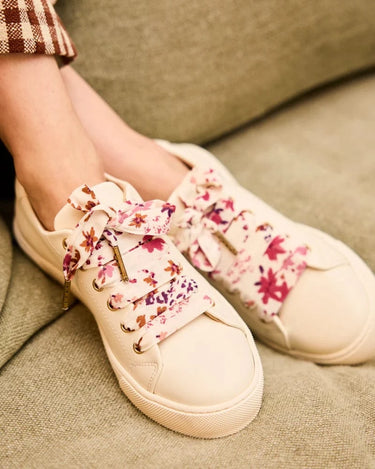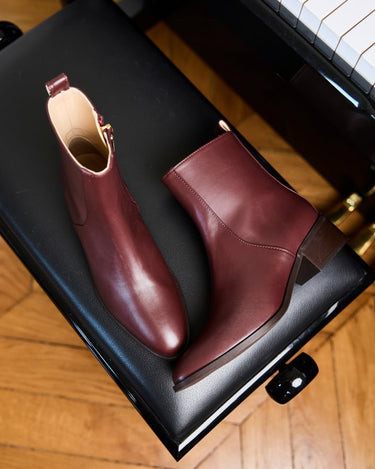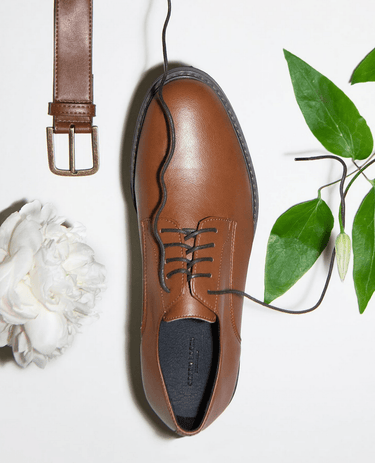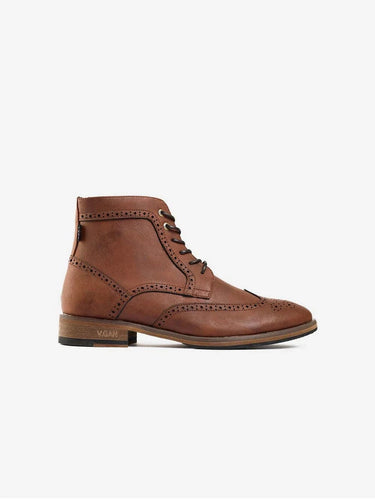Women's Vegan Boots
Browse our carefully curated collection of beautifully designed women's vegan boots, made entirely cruelty-free using sustainable vegan materials including apple leather, cactus leather, grape leather, Pinatex pineapple leather, bio-based leather made from corn, and recycled materials.
Our vegan shoe brands include NAE, V.GAN and Minuit Sur Terre. This is the place to find your new vegan winter boots, including ever-popular vegan chunky boots and vegan black boots.
Our collection of stylish vegan boots includes vegan ankle boots, vegan combat boots, vegan knee high boots, vegan heeled boots, vegan flat boots, vegan cowboy boots, vegan chelsea boots, vegan brogue boots, vegan biker boots, vegan tall boots, vegan worker boots, vegan dealer boots, vegan dock boots, vegan sock boots and vegan lace up boots.
Explore our sustainable collections of vegan shoes and vegan bags to see our popular categories of vegan backpacks, vegan tote bags, vegan crossbodies, vegan trainers, vegan sandals, vegan heels, vegan flats and vegan watches.
Looking for vegan luxury and designer boots? Check out our Luxury Vegan Boots Edit.
You May Also Like
Recently viewed
These are the most frequently asked questions about vegan boots:
Vegan boots are made without the use of any animal materials, such as leather or suede. Vegan boots are made of a variety of fabrics, traditionally synthetic but increasingly using innovative and high performing materials derived from nature, with many of the properties of leather (but none of the cruelty, and with a much lower environmental impact). These include apple leather, cactus leather, grape leather, Pinatex (pineapple leather) and bio-based leather (made from oil derived from cereal crops). Sometimes recycled plastics are also used.
The quick answer: yes vegan leather and vegan are durable! But you can make them last longer by taking care of the shoes. Just as you would care for animal-leather boots, you should look after your vegan leather boots. With proper care, vegan boots can last anywhere from two to five years, depending on how much wear and tear they encounter, which is the same as their animal-leather counterparts.
Yes, we find that vegan boots are as comfortable as animal-leather versions. As with all shoes, the higher the quality you can buy, the more comfortable they will be.
That depends on the style and the fabric in question. Many vegan leathers, such as cactus leather, other bio-based leathers, and polyurethane (PU) leathers are naturally water resistant, in a way that animal leather isn’t. However it’s advisable not to let them get soaked, and to wipe off any surface water as soon as you’re able to. Allow them to dry naturally.
If your vegan shoes are entirely synthetic (e.g. made of PU or other plastic-based materials) , then yes, most of the time you will be able to wear vegan leather in the snow. The newer plant-based vegan leathers, such as cactus leather, apple leather or grape leather, need a little more care as they have many of the properties of leather. Frequently, these innovative designs also have a thin synthetic membrane to help make the vegan leather waterproof and give it more elasticity.











































































































